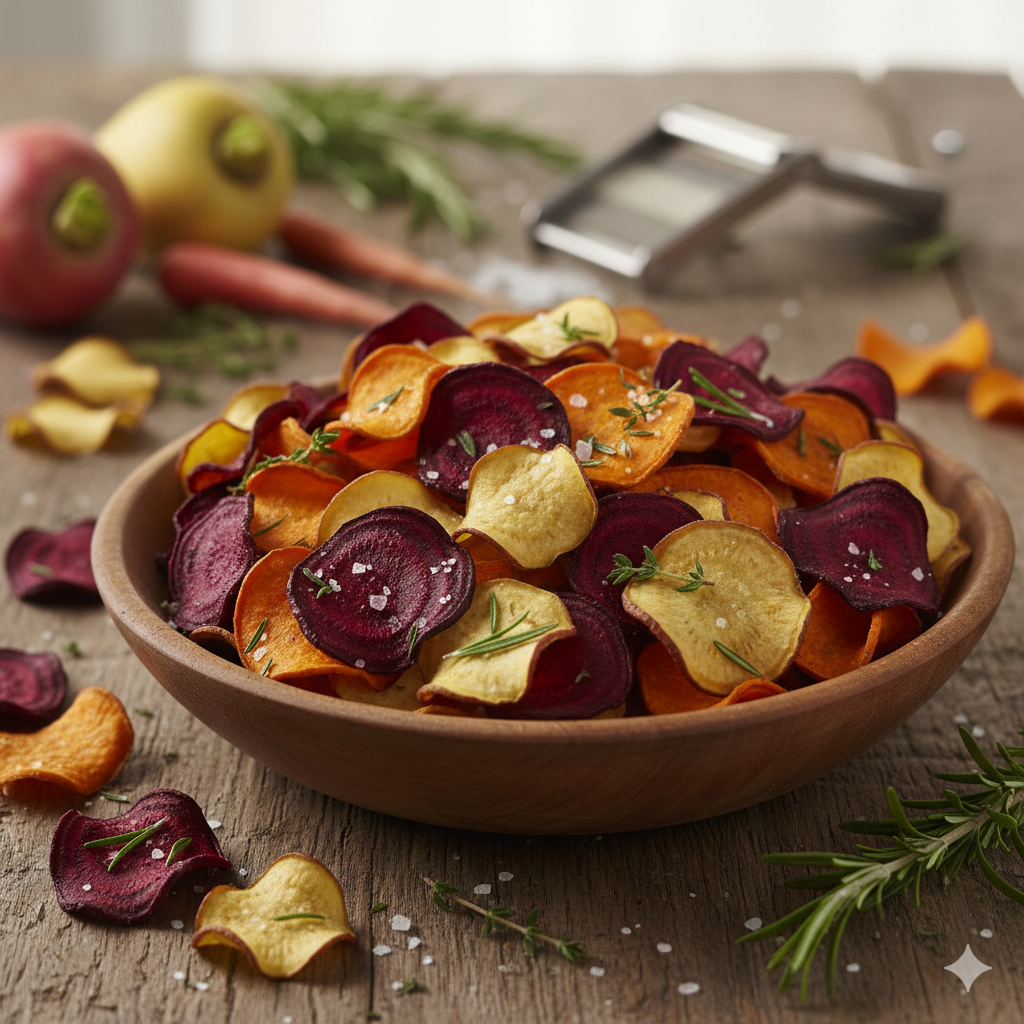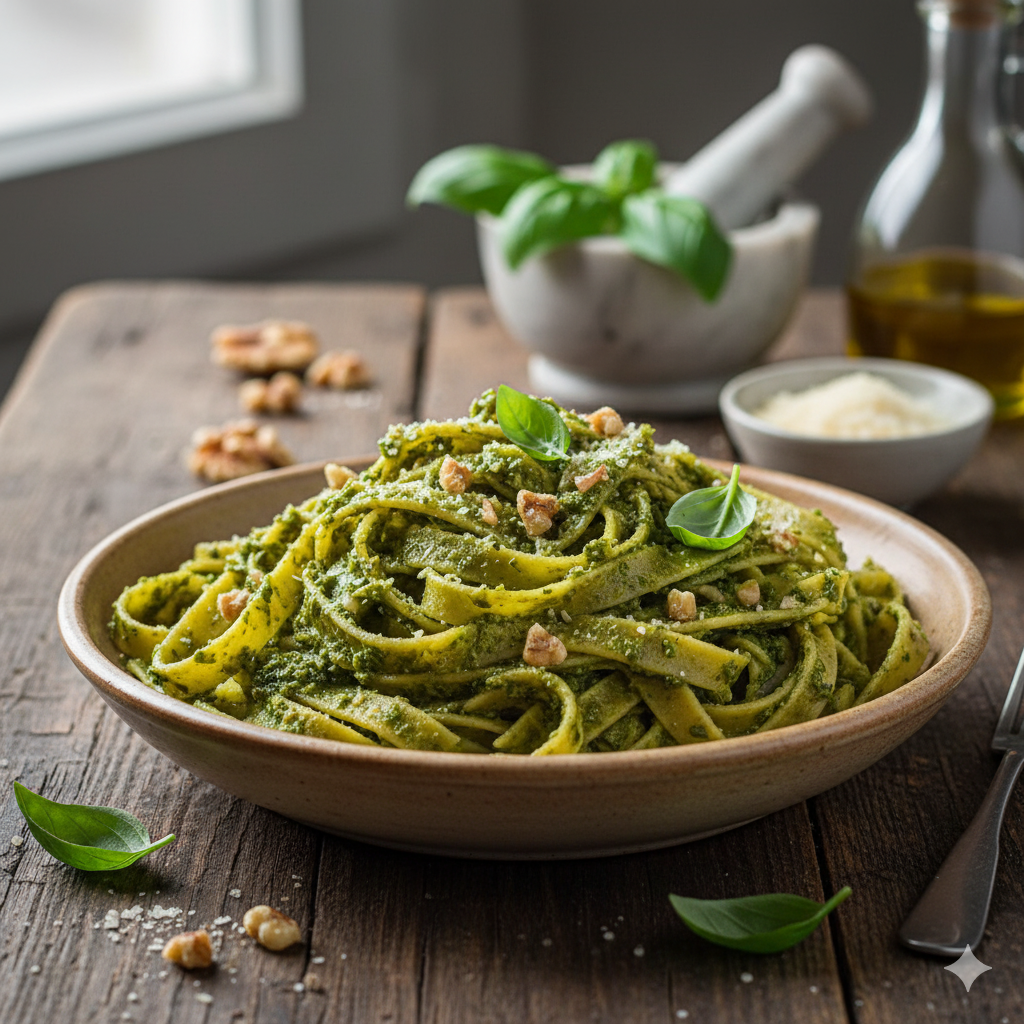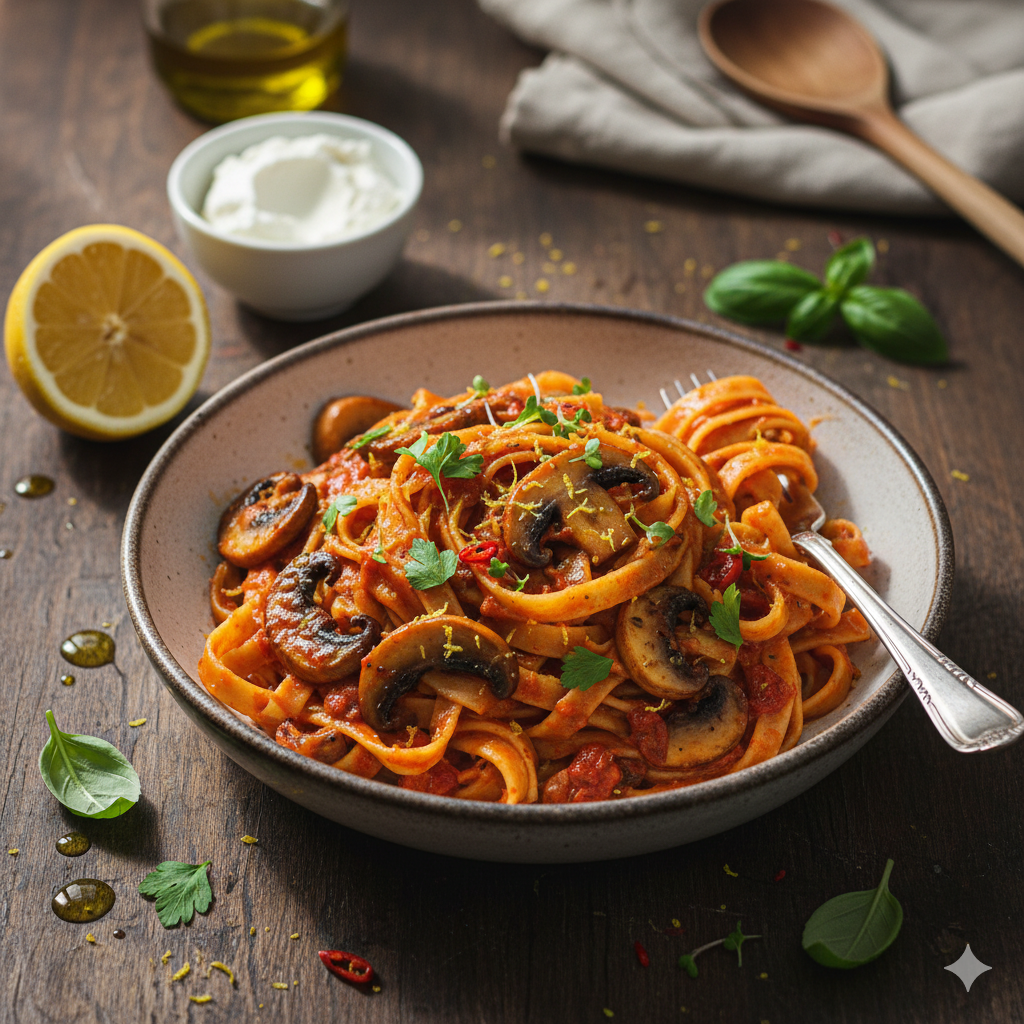The World's Coldest Kitchen: What Vegetarians Eat in Antarctica

❄️ Eating on the Edge: The Food Culture of Antarctica
When you think of Antarctic explorers, you probably imagine tinned meat, frozen biscuits, and a lot of sheer grit. While the conditions are still extreme, the food culture at modern research stations is surprisingly varied—and for vegetarians, it’s a story of ingenuity, planning, and a surprising focus on plant-based nutrition.
Antarctica has no permanent human residents and no traditional cuisine. Food here is a matter of logistics and survival, but also a vital source of morale and community.
? The Cornerstone: Frozen, Dried, and Tinned Goods
For the many scientists and support staff who spend the long, dark winter on the ice, fresh produce is a rarity. The core of the vegetarian diet relies on highly caloric, shelf-stable ingredients, often shipped in during the short summer season:
Pulses and Legumes: Beans, lentils, and chickpeas are staples. They offer essential high protein and fiber needed for the intense physical demands of polar work. Dishes like thick lentil soups and hearty vegetable curries are popular.
Starches: Pasta (like our beloved tagliatelle!), rice, and potatoes (often dehydrated or frozen) form the backbone of energy requirements.
Dairy Substitutes: Given the logistical challenges, many bases stock a variety of powdered, UHT, or plant-based milks and cheeses to cater to different diets and ensure long-term availability.
Comfort Foods: Desserts and high-fat items—like peanut butter, chocolate, and dried fruits—are essential to meet the skyrocketing daily calorie requirements (which can be up to 5,000-6,500 calories for those doing strenuous field work!).
? The Fresh Green Oasis: Hydroponics
The biggest challenge in Antarctic cuisine is the lack of fresh vegetables, which leads to "skurvy" (a craving for greens, not the disease!). In response, many major international stations, like the U.S. McMurdo Station or the Indian bases, have implemented a crucial innovation: hydroponic gardens.
The Science: These indoor, soilless farms use nutrient-rich water and specialized LED lights to grow produce year-round.
The Culture: The Freshies (fresh vegetables) grown here—lettuce, spinach, tomatoes, cucumbers, and herbs—are often rationed, making them a precious commodity and a huge morale booster, especially during the long winter. Tending the garden often becomes a communal, therapeutic activity!
? A Global Menu, Vegetarian Focus
Because the research stations are run by different countries (India, Australia, the US, etc.), the vegetarian menus are incredibly diverse:
Indian Stations: Known for providing a vast array of vegetarian-friendly dishes, including fresh-cooked dahl, curries, and breads, since a large portion of their crew often follows a vegetarian diet for extended periods.
Global Comfort: Cooks on base are experts at catering to dietary restrictions. It is common to find vegetarian versions of classic international comfort foods, like veggie burgers, gnocchi, vegetarian lasagna, and freshly baked bread.
Ultimately, the vegetarian food culture of Antarctica is a testament to the human spirit and global collaboration. It’s not about traditional recipes, but about creating a sense of home, warmth, and vitality through carefully planned, high-energy meals at the coldest place on Earth.








